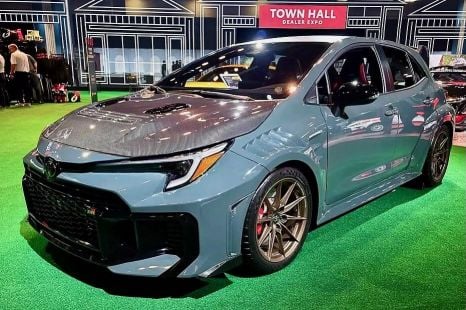

Ben Zachariah
2026 Toyota GRMN Corolla: Even hotter hatch leaked ahead of official reveal
2 Hours Ago

Contributor
Hyundai’s critical Kona has been treated to a makeover, complete with a sporty new N Line flagship.
Australia will see the updated Kona range early in 2021, including the powered-up N Line, but hybrid power hasn’t been locked in just yet.
The Kona is a critical car for Hyundai Australia, sitting behind the i30 hatchback and larger Tucson as the brand’s third-best seller Down Under.
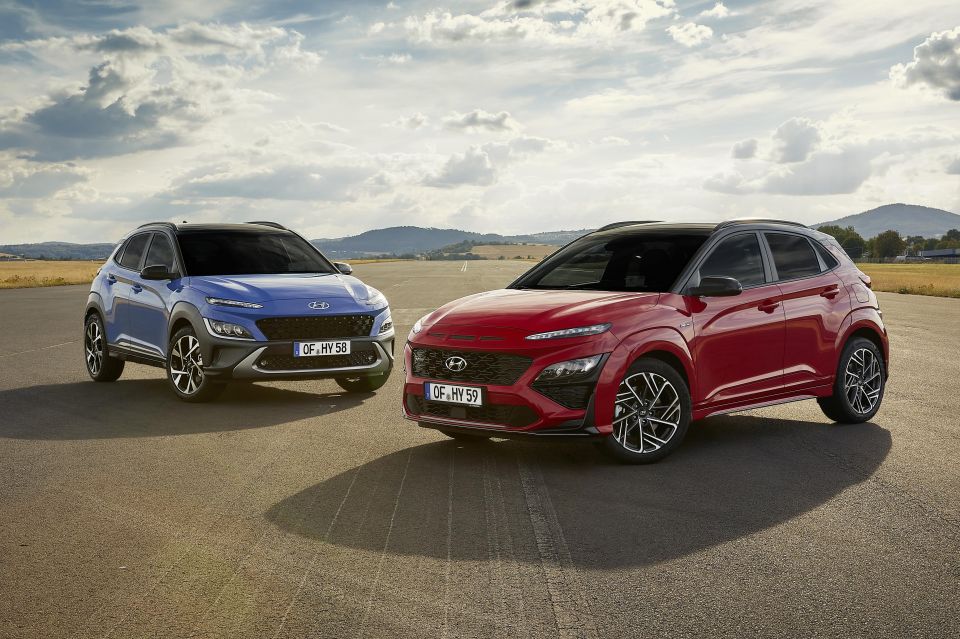
It faces a tougher than ever crop of rivals, from the new Kia Seltos and Volkswagen T-Roc to the ever-popular Mitsubishi ASX.
There are big changes inside and out, headlined by new 10.25-inch infotainment screen and 10.25-inch digital driver’s display behind the wheel.
Even the base screen has grown from 7.0 to 8.0 inches, and packs wireless Apple CarPlay and Android Auto.

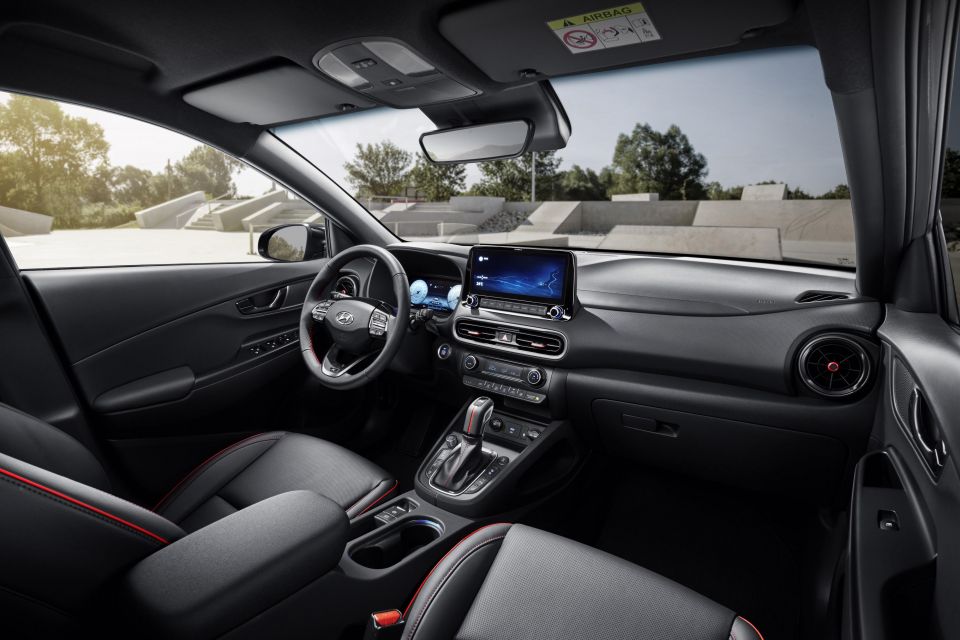
Only the Volkswagen T-Roc and Skoda Karoq have fully-digital driver’s display options, while the 10.25-inch central screen is a match for the class-leading display in the Kia Seltos.
Hyundai’s also added rear USB ports and a new heated rear seat option, as well as new seat trim options, new dashboard highlights, an electric handbrake across the range, and a height-adjustable passenger seat.
Externally, the new Kona has been given an eye-catching makeover in keeping with the larger Santa Fe SUV.
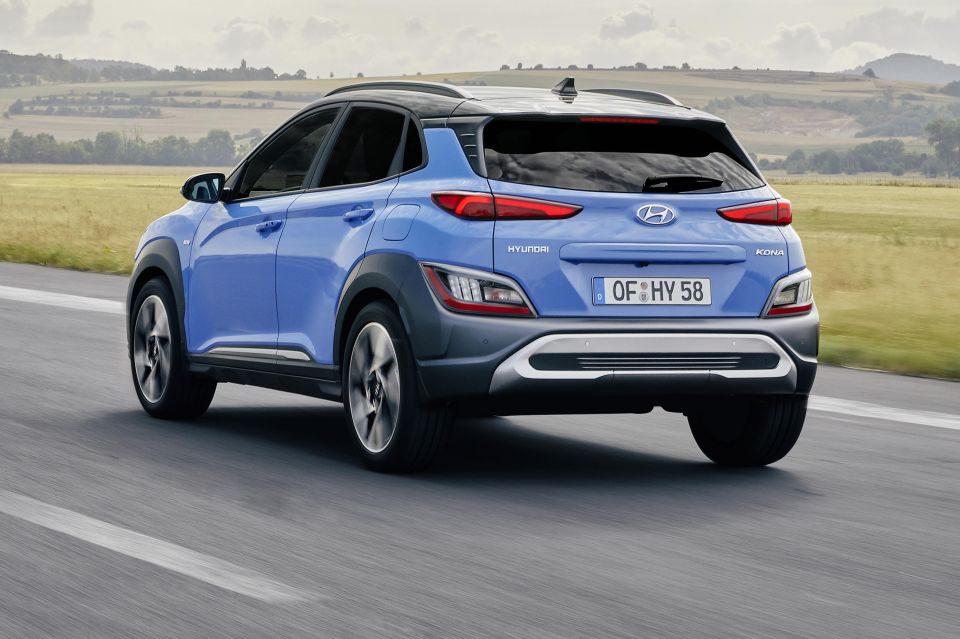
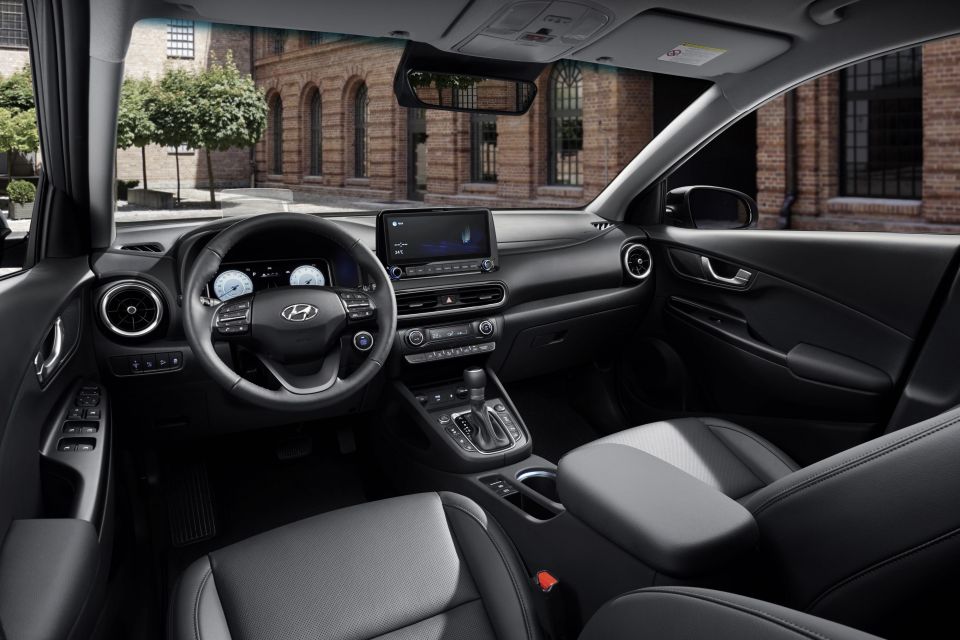
There’s more black cladding, tougher-looking silver highlights, and a revised grille up front, while the rear has seen a number of detail changes.
The most dramatic changes have been reserved for the N Line, pictured below in red. It substitutes the black cladding and tough, off-road-inspired highlights for body-coloured trim, and gets a unique front bumper.
Inside, it gets the same range of sport add-ons as the i30 N Line. That means red stitching, metal pedals, and the N Line motif scattered throughout the cabin, along with racier details in the instrument dials.
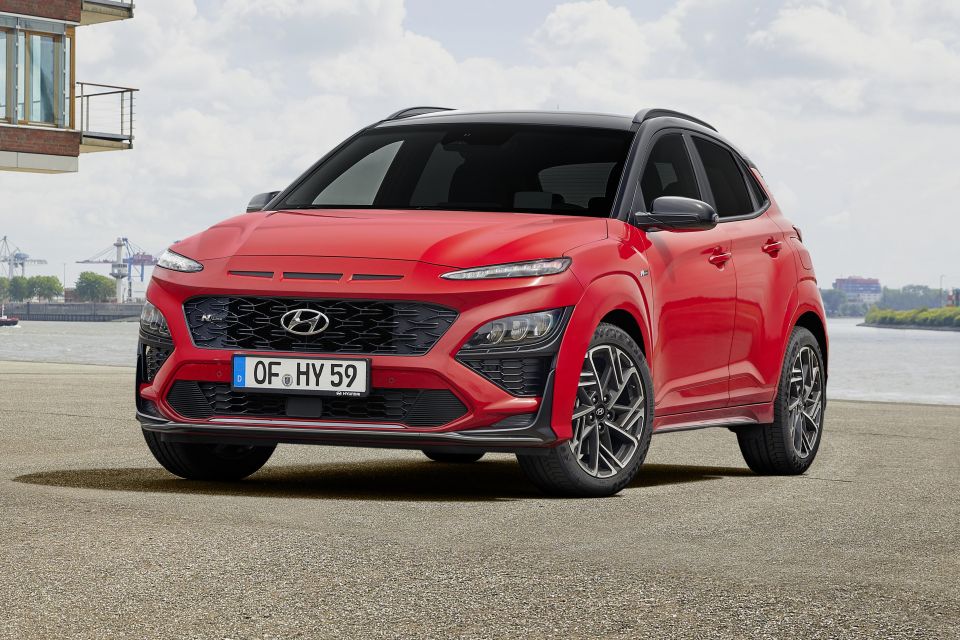
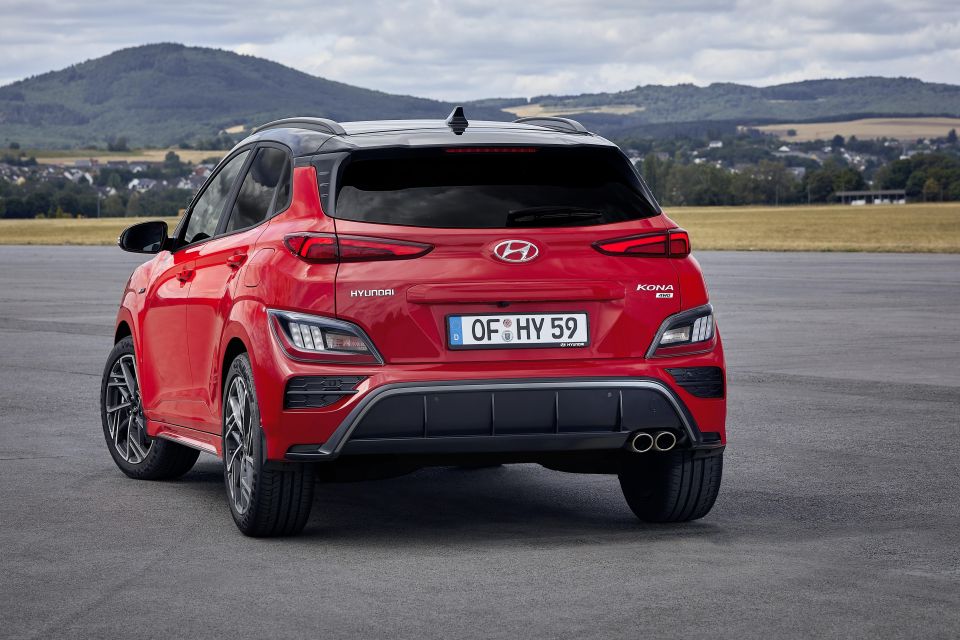
Power will come from an updated version of the 1.6-litre turbocharged four-cylinder engine offered in the current Kona range-topper, with a power boost from 130kW to 145kW. Both front- and all-wheel drive options are available, mated with a seven-speed dual-clutch transmission as standard.
The regular Kona is expected to feature an updated version of the existing 2.0-litre naturally-aspirated petrol engine, too.
Hybrid options are offered in Europe, but haven’t been confirmed for Australia.
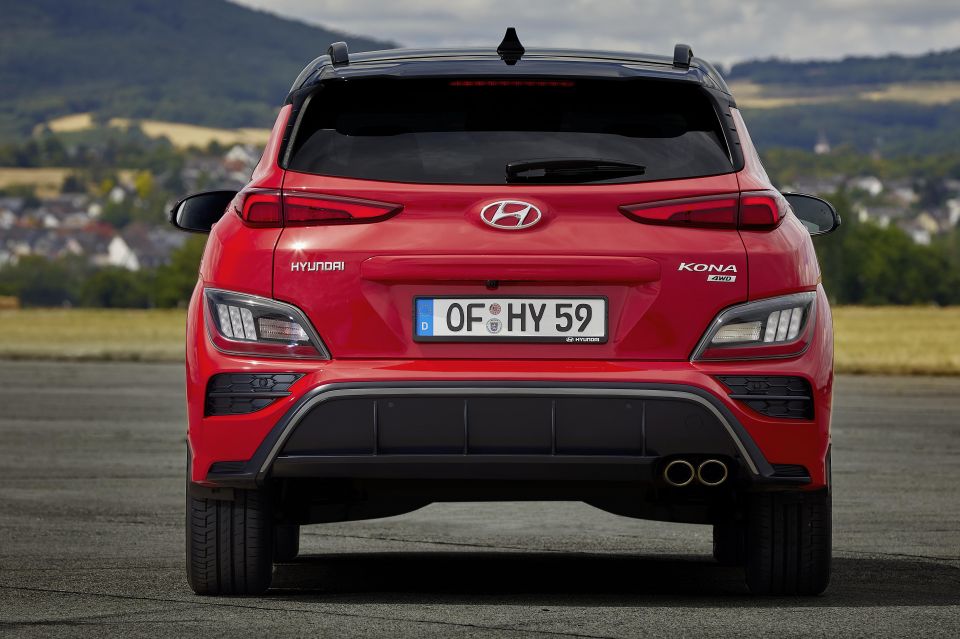
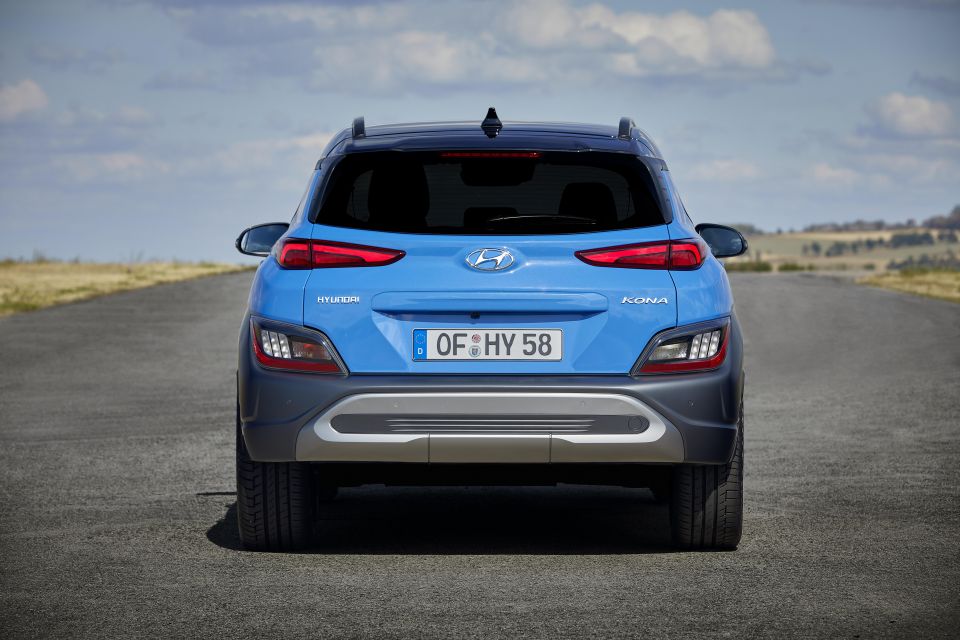
“We are interested in all electrified powertrains and will always study new products carefully, but at this time no decision has been made to introduce Kona Hybrid,” a Hyundai spokesperson told CarExpert.
“With no Australian government-regulate corporate/fleet emissions targets in place, we are not considered a priority market for electrified powertrains. This does not rule us out for any products, but it puts us lower down the list than we might otherwise be.”
Under the skin, Hyundai has tweaked the car’s suspension for a smoother ride, and worked to better dampen noise, vibration, and harshness from behind the wheel.
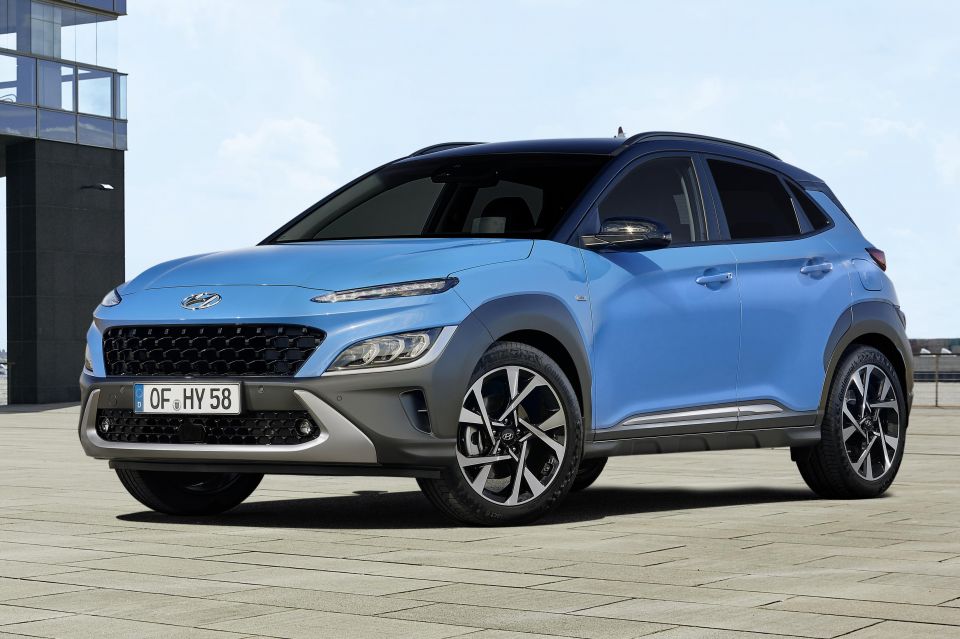
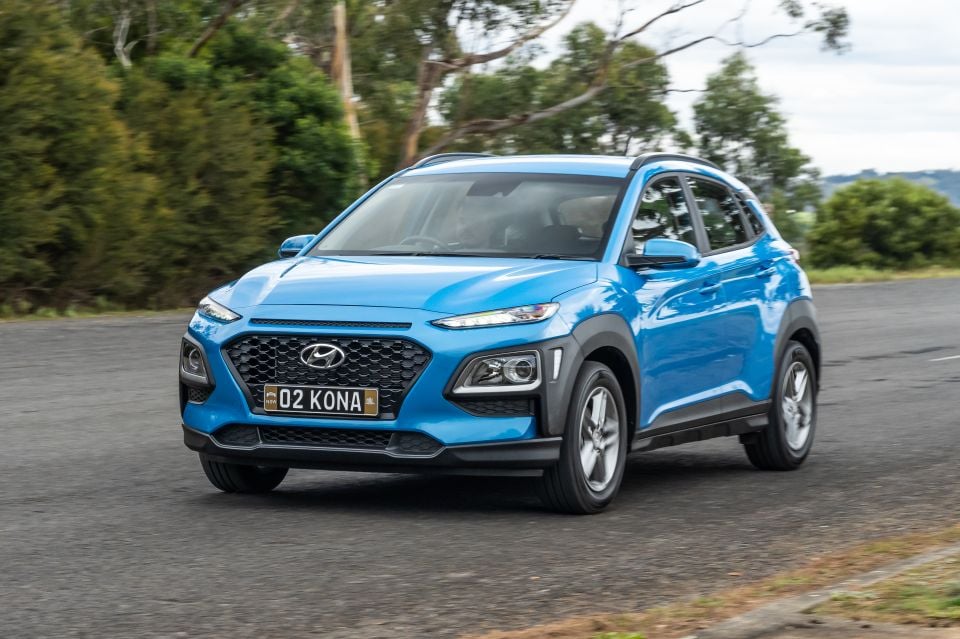
Along with the existing suite of driver assists, the updated Kona will be offered with a new blind-spot collision avoidance assist system, rear cross-traffic alert with AEB, smarter adaptive cruise control and lane follow assist, safe exit warning, and cyclist detection for the forward collision warning.
What do you think of the updated Kona’s look?
Where expert car reviews meet expert car buying – CarExpert gives you trusted advice, personalised service and real savings on your next new car.
Scott Collie is an automotive journalist based in Melbourne, Australia. Scott studied journalism at RMIT University and, after a lifelong obsession with everything automotive, started covering the car industry shortly afterwards. He has a passion for travel, and is an avid Melbourne Demons supporter.


Ben Zachariah
2 Hours Ago
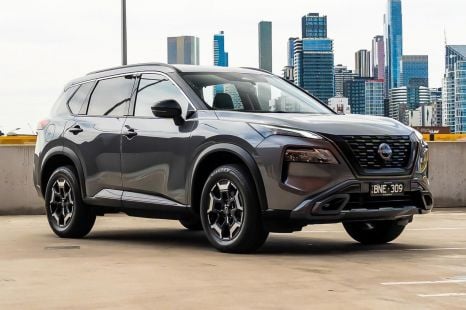

William Stopford
13 Hours Ago
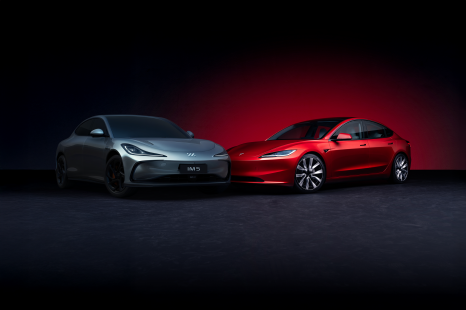

Andrew Maclean
1 Day Ago
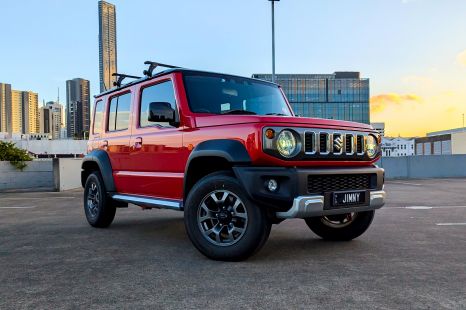

William Stopford
3 Days Ago
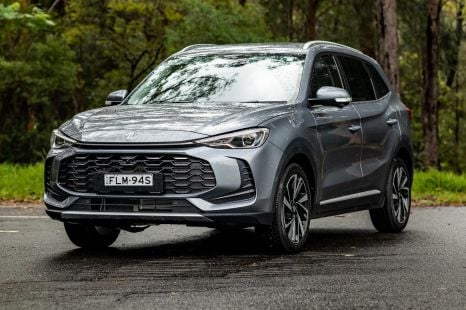

Matt Campbell
4 Days Ago
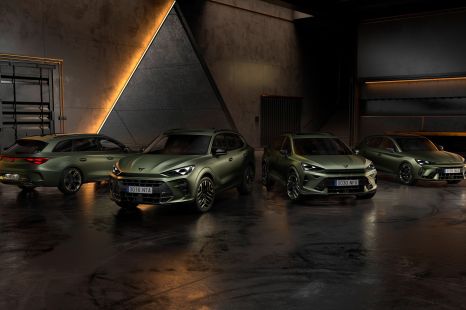

James Wong
5 Days Ago